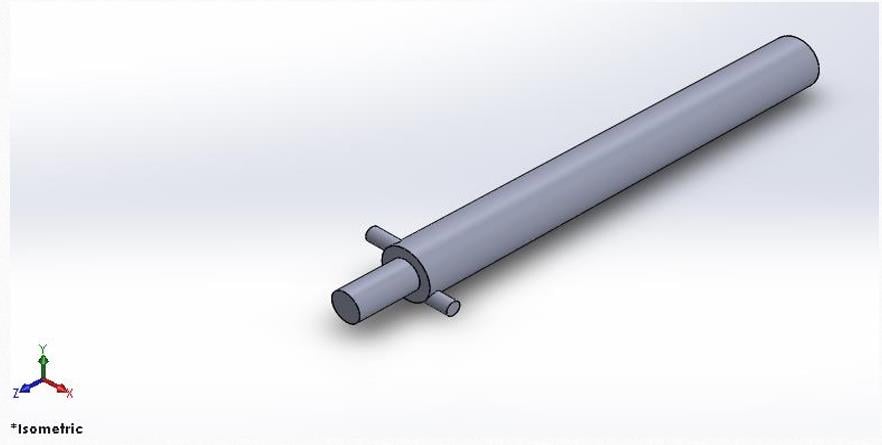-
-
May 11, 2018 at 7:46 pm
-
May 12, 2018 at 4:50 pm
raul.raghav
SubscriberBased on the quick literature review, it seems that the Standard k-e model predicts the flow better than the other turbulence models. But you might also want to look into the k-w SST model with curvature correction. Look into the following articles for more information:
-
May 13, 2018 at 8:41 pm
Raef.Kobeissi
Subscriberk- epsilon model poorly resolves the viscous layer unline K-Omega model. Furthermore, k-ω model is good in resolving internal flows, separated flows and jets and flows with high-pressure gradient and also internal flows through curved geometries. You always need to make sure that you have a proper mesh at the boundary wall by abiding by the correct Y Plus value.
-
Viewing 2 reply threads
- The topic ‘Difference between K-epsilon and K-omega Turbulence Model’ is closed to new replies.
Ansys Innovation Space


Trending discussions


- air flow in and out of computer case
- Varying Bond model parameters to mimic soil particle cohesion/stiction
- Eroded Mass due to Erosion of Soil Particles by Fluids
- I am doing a corona simulation. But particles are not spreading.
- Guidance needed for Conjugate Heat Transfer Analysis for a 3s3p Li-ion Battery
- Centrifugal Fan Analysis for Determination of Characteristic Curve
- Issue to compile a UDF in ANSYS Fluent
- JACOBI Convergence Issue in ANSYS AQWA
- affinity not set
- Resuming SAG Mill Simulation with New Particle Batch in Rocky
Top Contributors


-
3967
-
1426
-
1272
-
1119
-
1015
Top Rated Tags


© 2025 Copyright ANSYS, Inc. All rights reserved.
Ansys does not support the usage of unauthorized Ansys software. Please visit www.ansys.com to obtain an official distribution.








